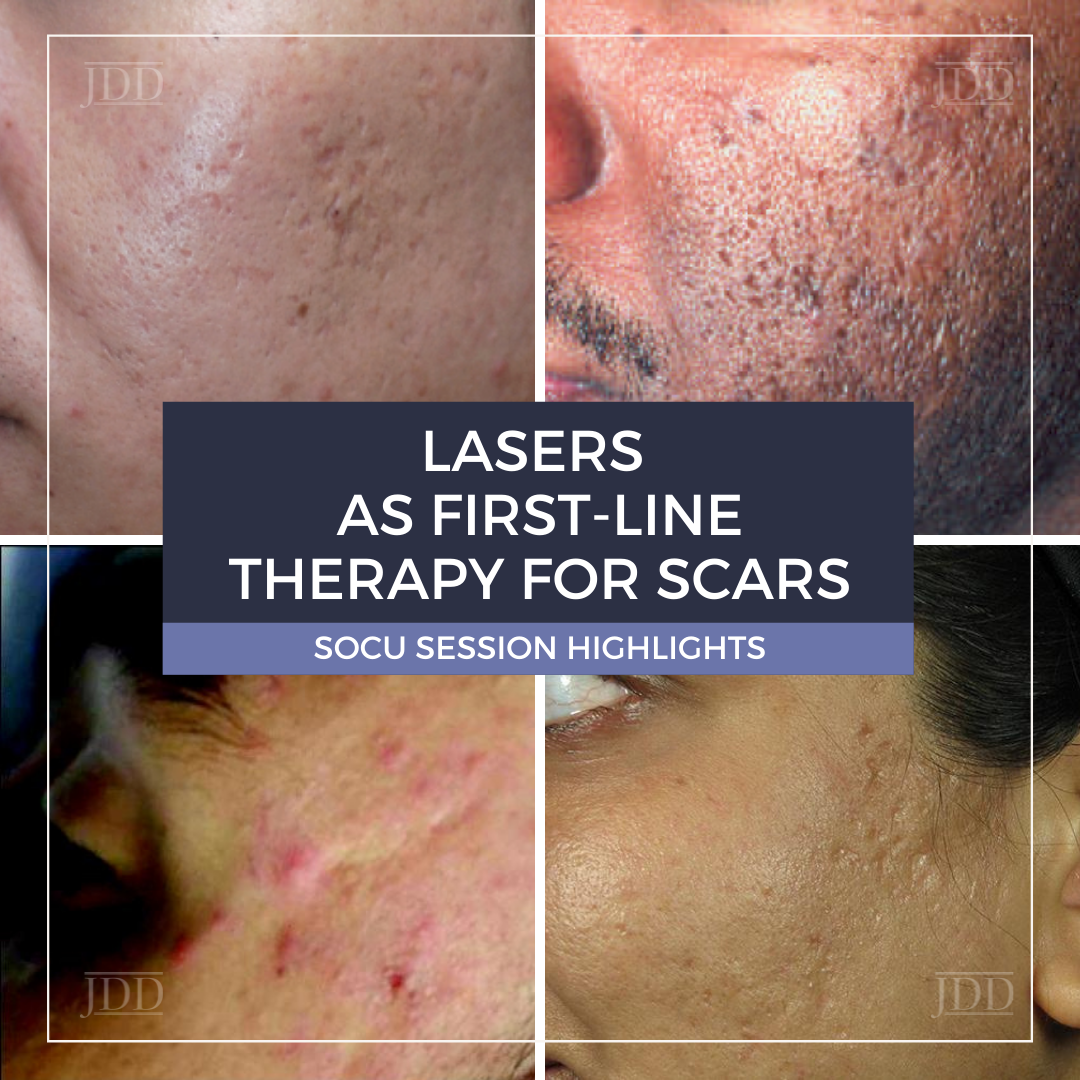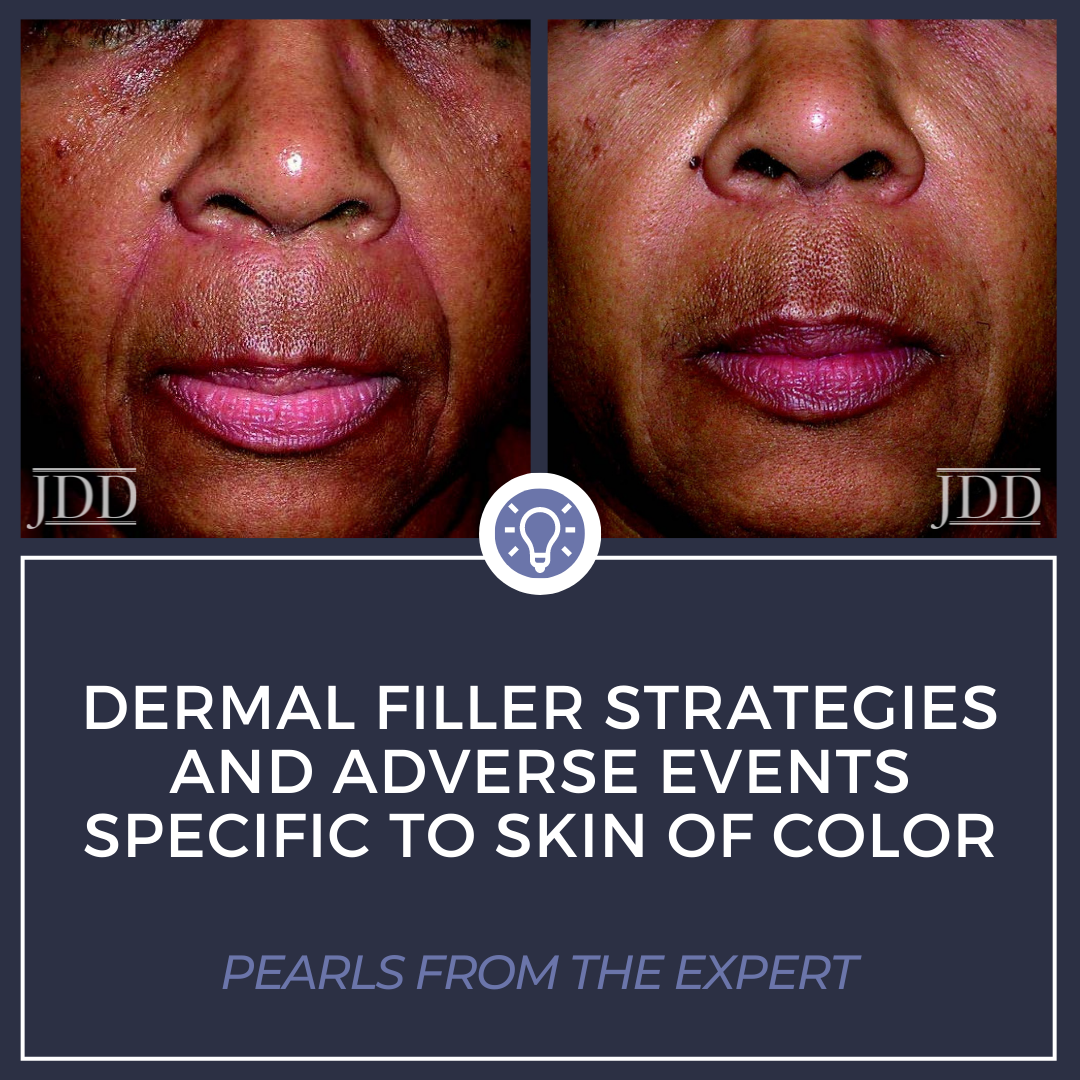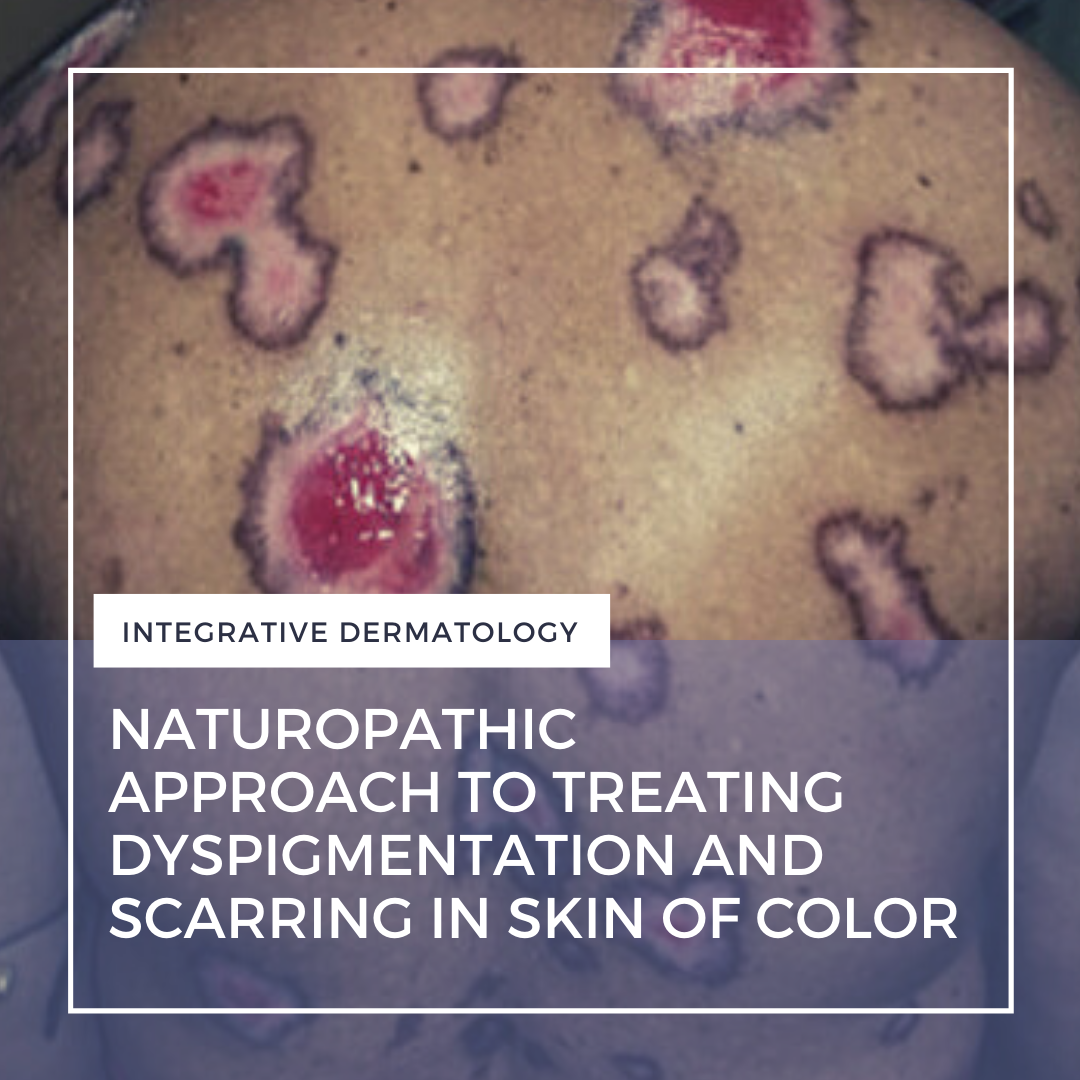Keloids | Medical & Procedural Treatment Strategies
 Patients with skin of color are at significantly higher risk of developing keloid scars compared with their fair-skinned counterparts. At the 2022 Skin of Color Update, Dr. Eva Kerby, Assistant Dermatology Professor at Weill Cornell Medicine, and Dr. Maritza Perez, Professor of Dermatology at the University of Connecticut, shared their pathogenesis-informed medical and procedural treatment strat …
Patients with skin of color are at significantly higher risk of developing keloid scars compared with their fair-skinned counterparts. At the 2022 Skin of Color Update, Dr. Eva Kerby, Assistant Dermatology Professor at Weill Cornell Medicine, and Dr. Maritza Perez, Professor of Dermatology at the University of Connecticut, shared their pathogenesis-informed medical and procedural treatment strat …
 Patients with skin of color are at significantly higher risk of developing keloid scars compared with their fair-skinned counterparts. At the 2022 Skin of Color Update, Dr. Eva Kerby, Assistant Dermatology Professor at Weill Cornell Medicine, and Dr. Maritza Perez, Professor of Dermatology at the University of Connecticut, shared their pathogenesis-informed medical and procedural treatment strat …
Patients with skin of color are at significantly higher risk of developing keloid scars compared with their fair-skinned counterparts. At the 2022 Skin of Color Update, Dr. Eva Kerby, Assistant Dermatology Professor at Weill Cornell Medicine, and Dr. Maritza Perez, Professor of Dermatology at the University of Connecticut, shared their pathogenesis-informed medical and procedural treatment strat … Continue reading "Keloids | Medical & Procedural Treatment Strategies"


 Some of the most rewarding patients to help in dermatology are those who struggle with keloids and scars. The field remains an area of active research, and we are continually learning about the pathogenesis and optimal treatment modalities of scars. On Day 1 of the 2021 Skin of Color Update virtual conference, we were fortunate to hear from Dr. Jill Waibel MD, a world-recognized leader and innovat …
Some of the most rewarding patients to help in dermatology are those who struggle with keloids and scars. The field remains an area of active research, and we are continually learning about the pathogenesis and optimal treatment modalities of scars. On Day 1 of the 2021 Skin of Color Update virtual conference, we were fortunate to hear from Dr. Jill Waibel MD, a world-recognized leader and innovat …  When treating Fitzpatrick skin types IV, V, and VI, it is important to recognize differences in common adverse events that may be experienced. In patients of color, hyperpigmentation is a primary concern. This article will discuss various causes of hyperpigmentation after dermal filler injections in patients of color as well as management strategies.
There is increasing racial and ethnic div …
When treating Fitzpatrick skin types IV, V, and VI, it is important to recognize differences in common adverse events that may be experienced. In patients of color, hyperpigmentation is a primary concern. This article will discuss various causes of hyperpigmentation after dermal filler injections in patients of color as well as management strategies.
There is increasing racial and ethnic div …  As we know, people of color are more apt to have problems with dyspigmentation and excessive scarring (keloid formation and hypertrophic scars). We probably all use a combination approach for both of these: sun protection, peels, HQ, OTC skin lighteners, injections, lasers, energy-based devices, etc. These are common approaches, but what are the go-to’s for a naturopathic physician? You may ne …
As we know, people of color are more apt to have problems with dyspigmentation and excessive scarring (keloid formation and hypertrophic scars). We probably all use a combination approach for both of these: sun protection, peels, HQ, OTC skin lighteners, injections, lasers, energy-based devices, etc. These are common approaches, but what are the go-to’s for a naturopathic physician? You may ne …  Actinic keratoses represent the most common dermatologic diagnosis in patients older than 45 years old in the United States and account for 5.2 million visits annually.1 Cutaneous field cancerization represents areas with a high burden of both clinical and subclinical actinic damage. Cryotherapy can often be combined with topical chemotherapy for a synergistic approach. We continue our series, The …
Actinic keratoses represent the most common dermatologic diagnosis in patients older than 45 years old in the United States and account for 5.2 million visits annually.1 Cutaneous field cancerization represents areas with a high burden of both clinical and subclinical actinic damage. Cryotherapy can often be combined with topical chemotherapy for a synergistic approach. We continue our series, The …